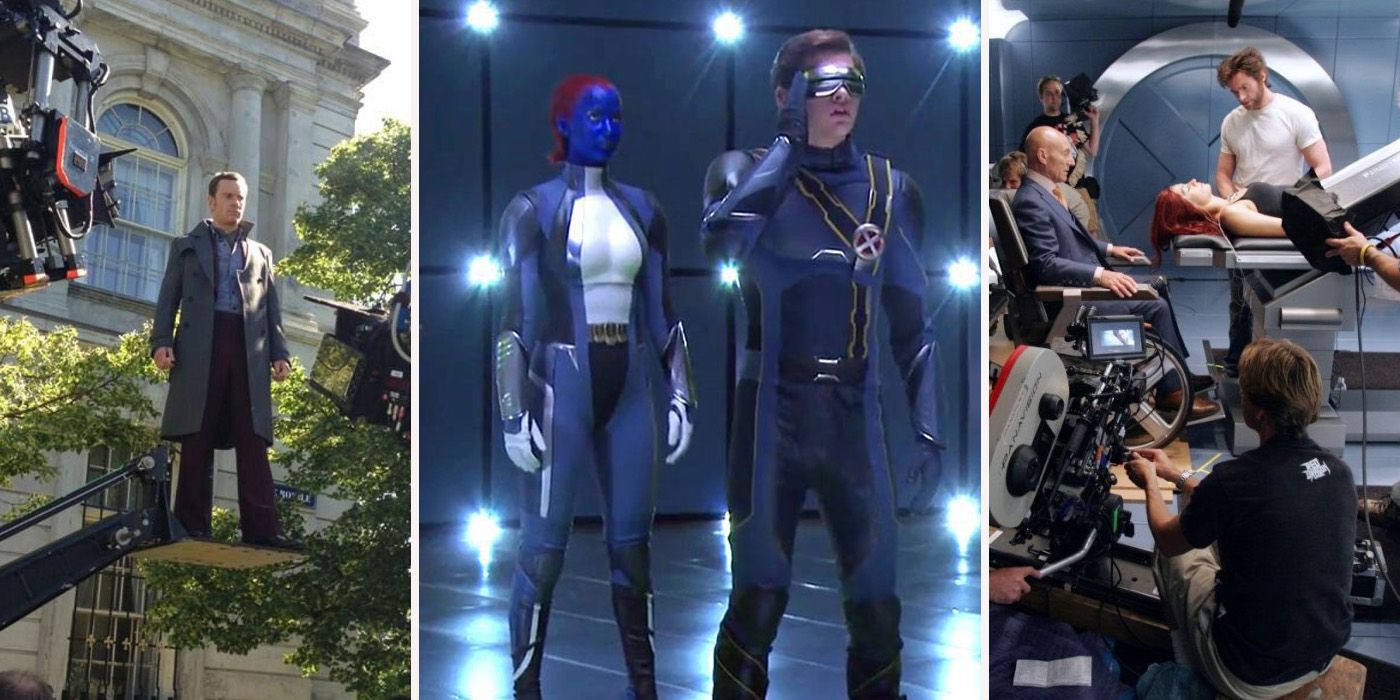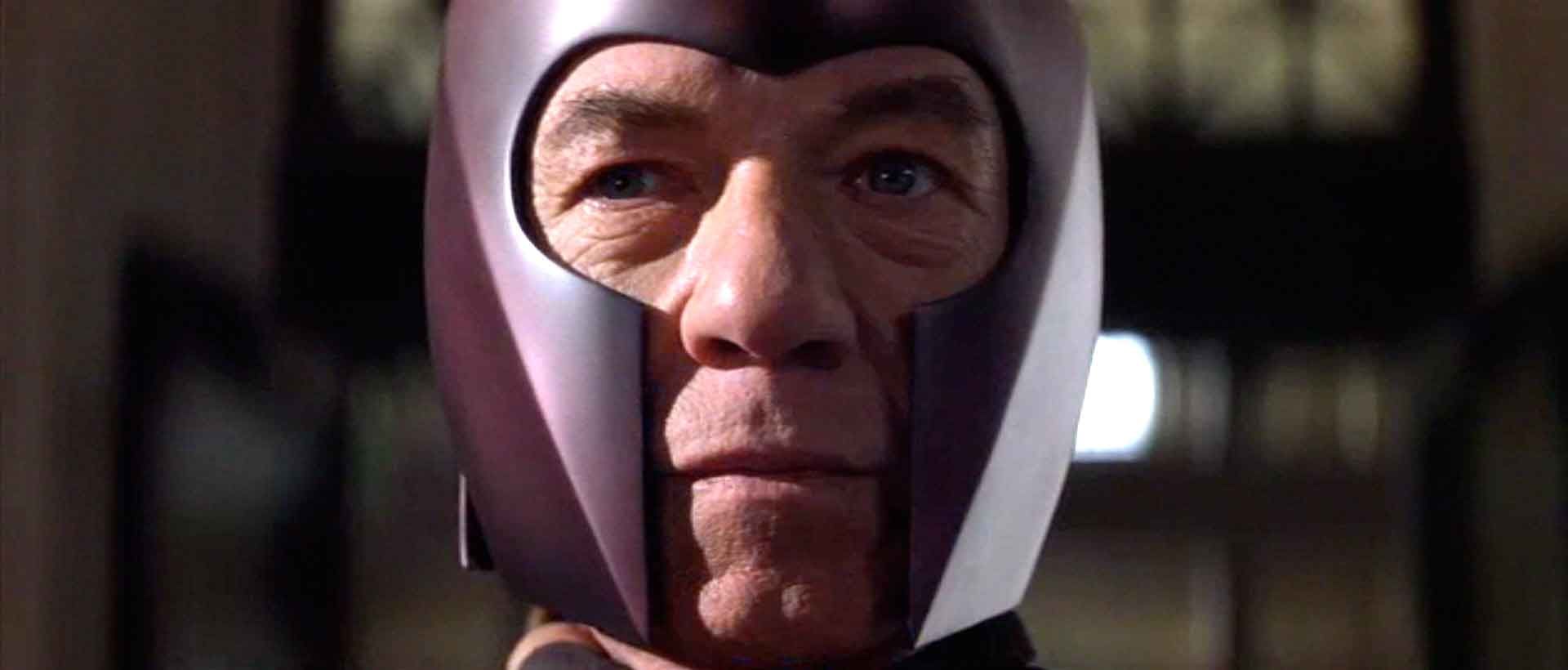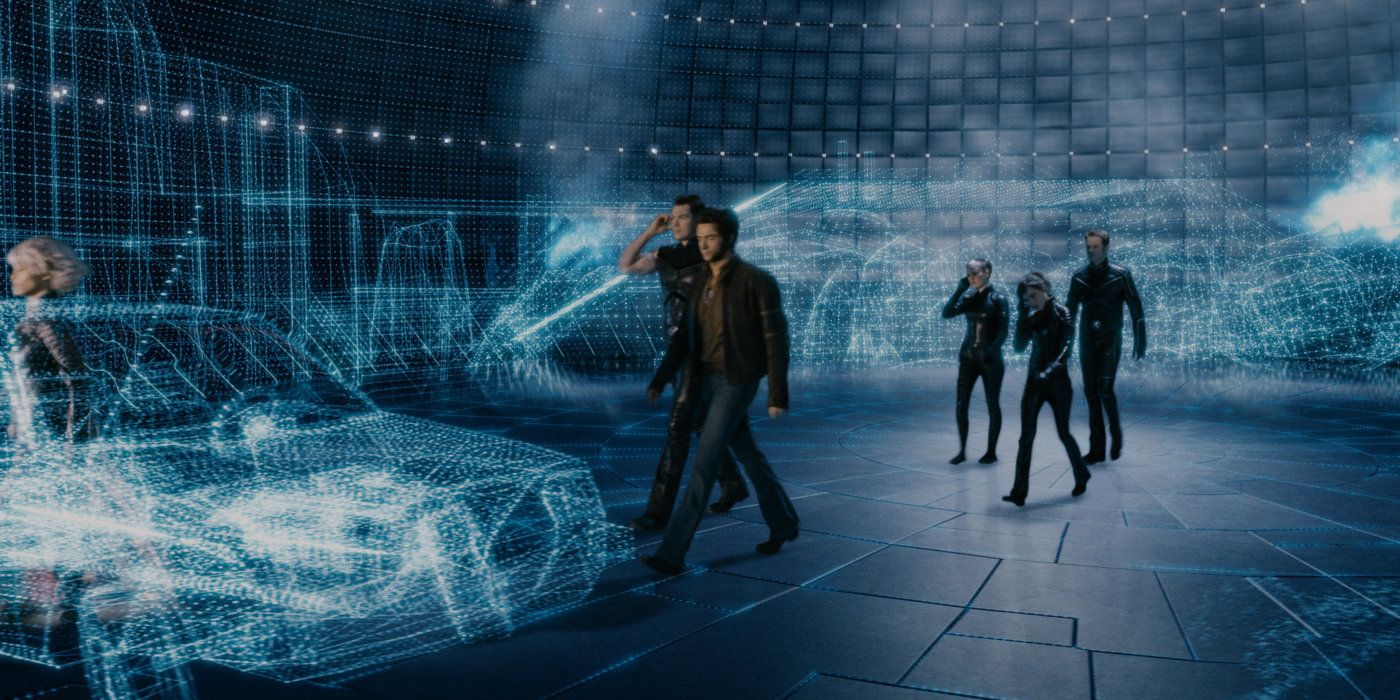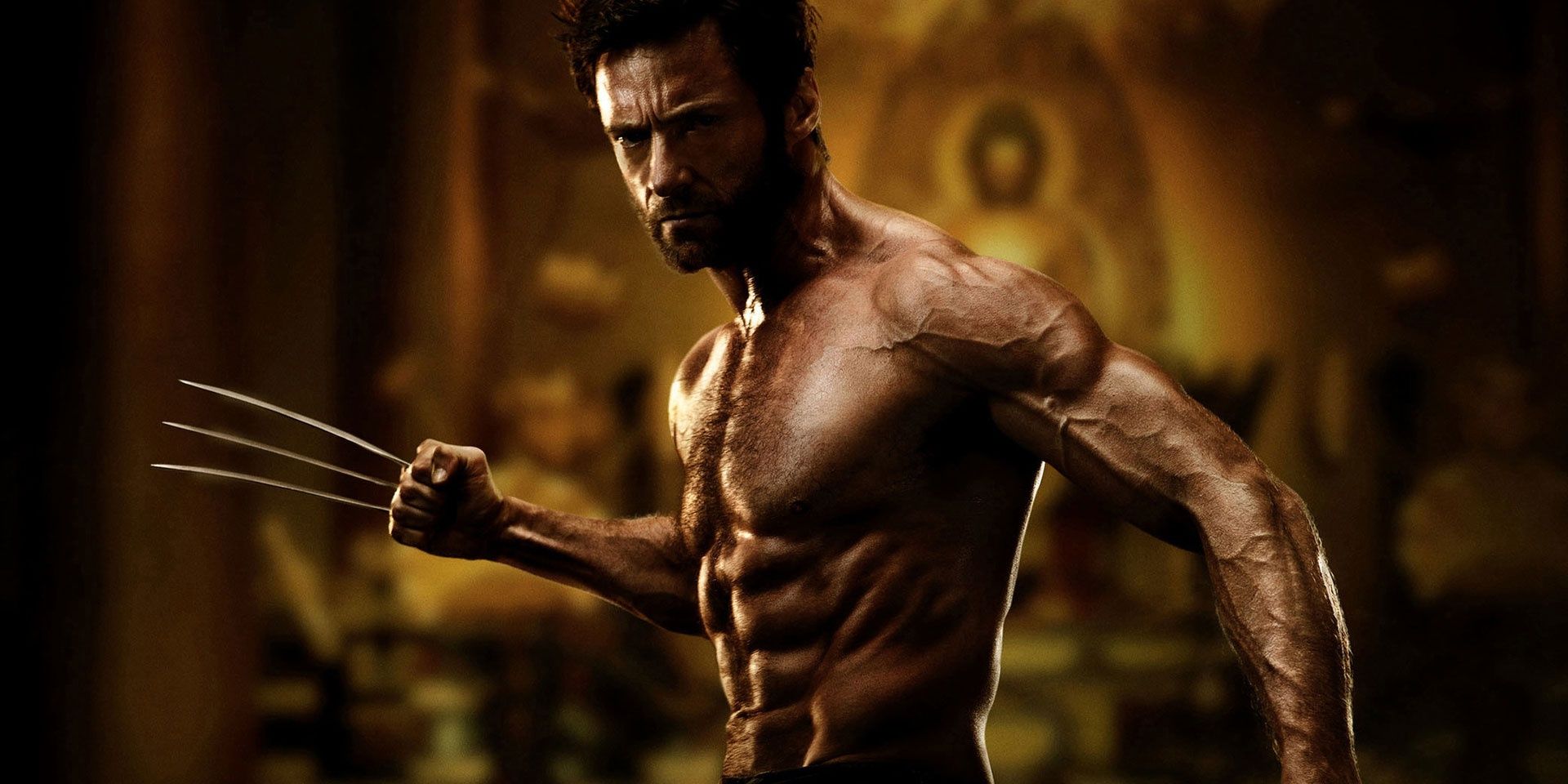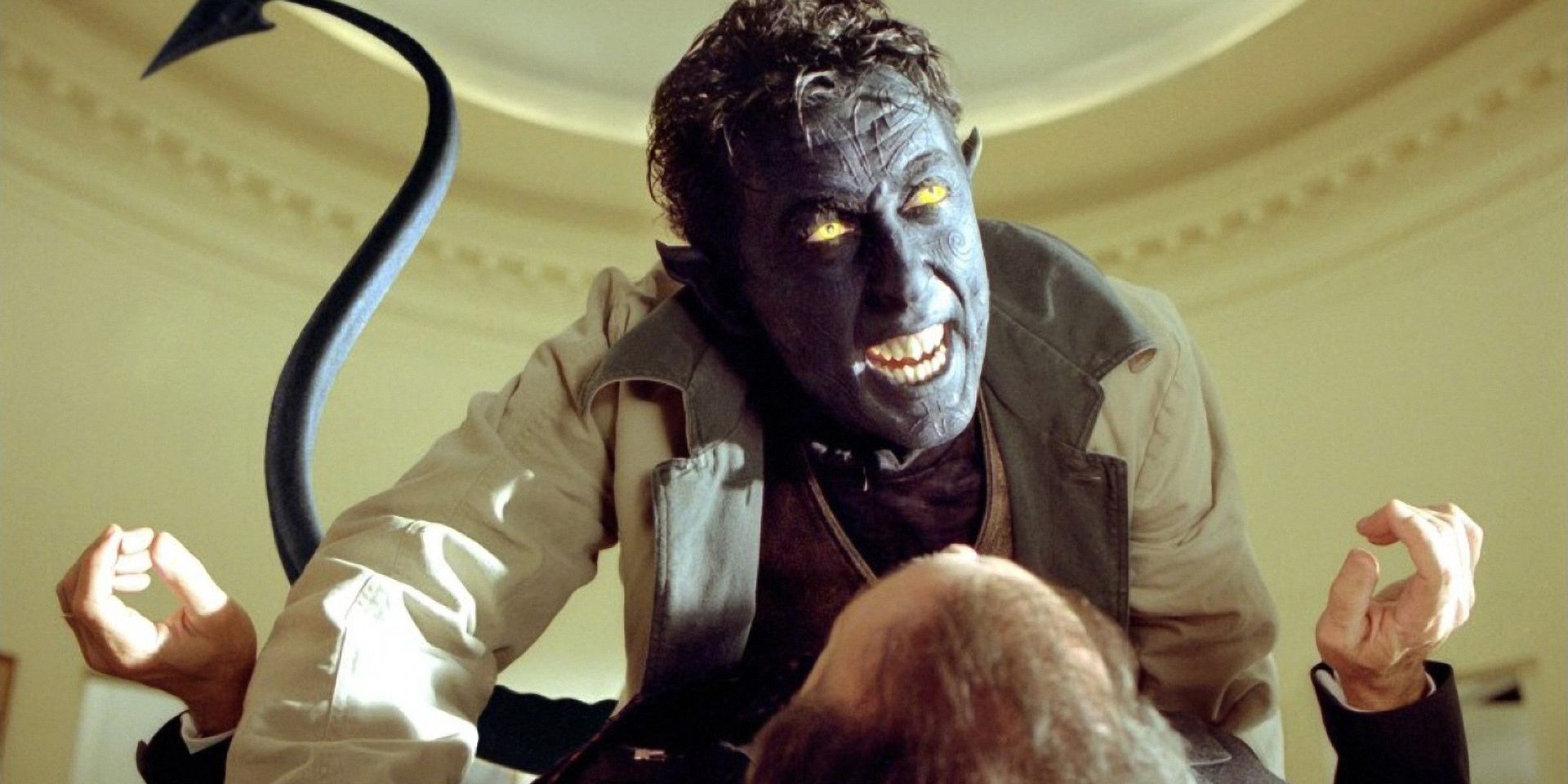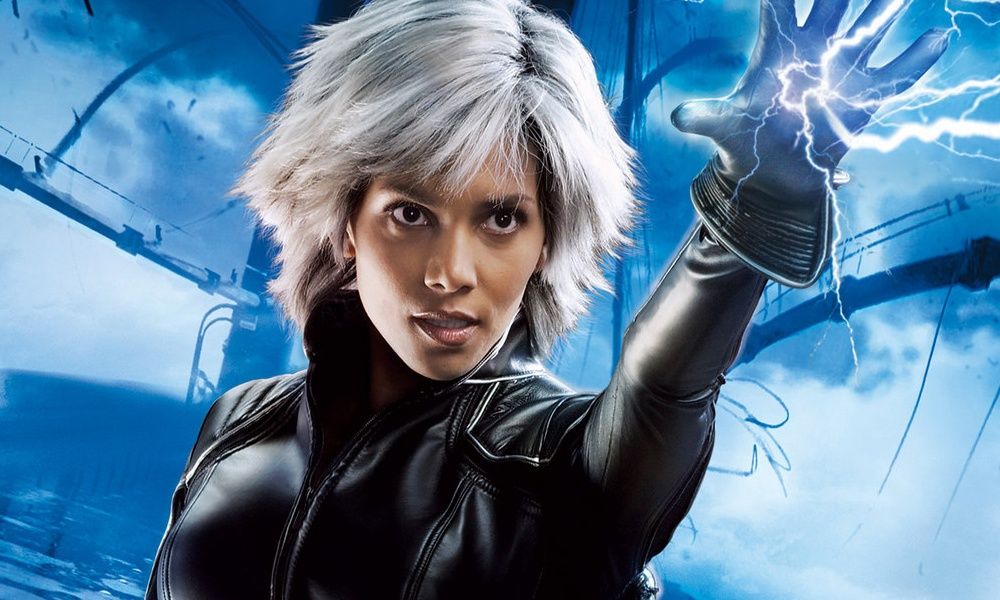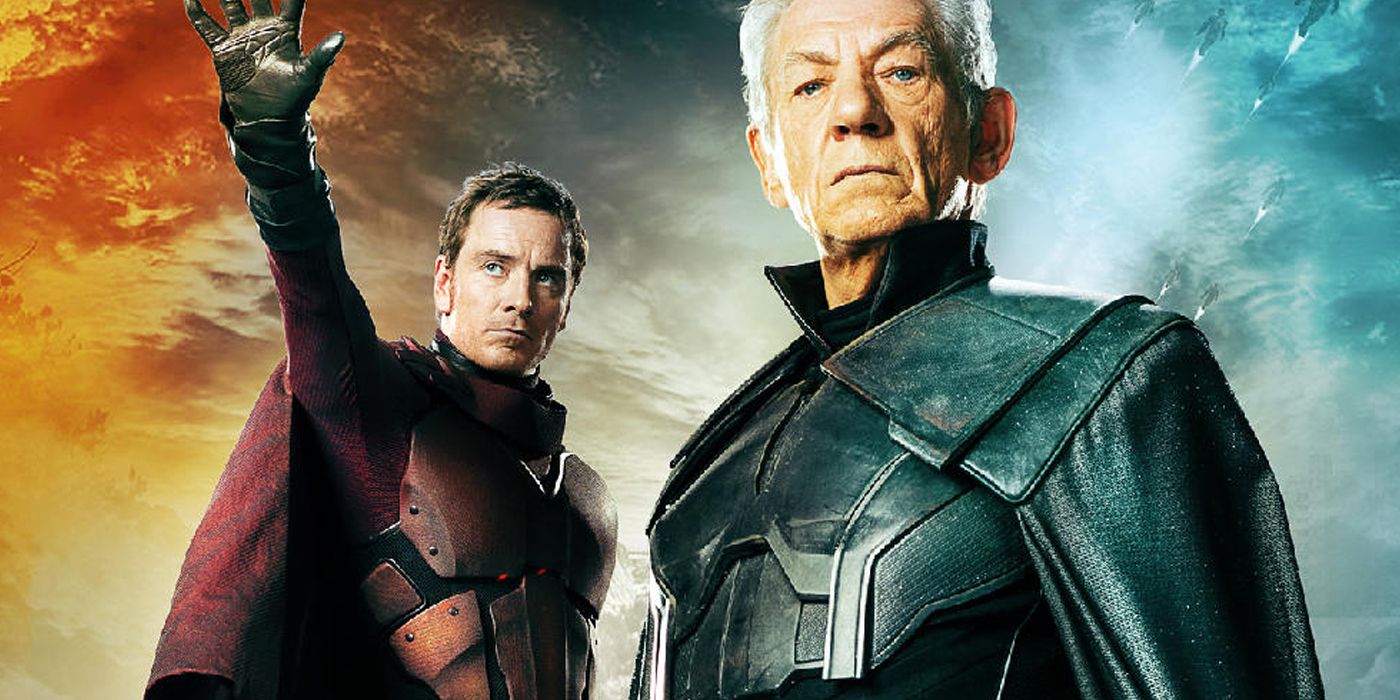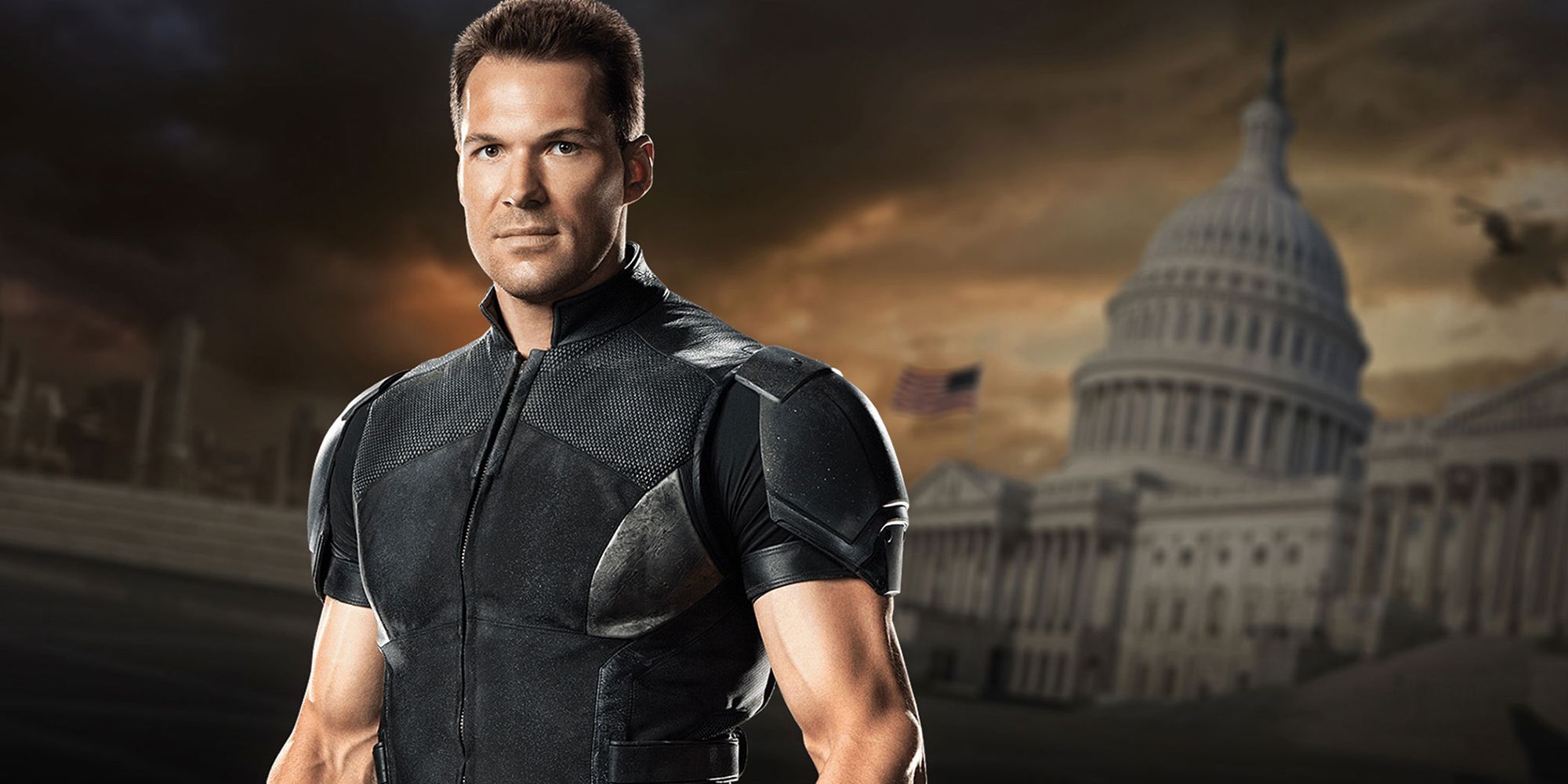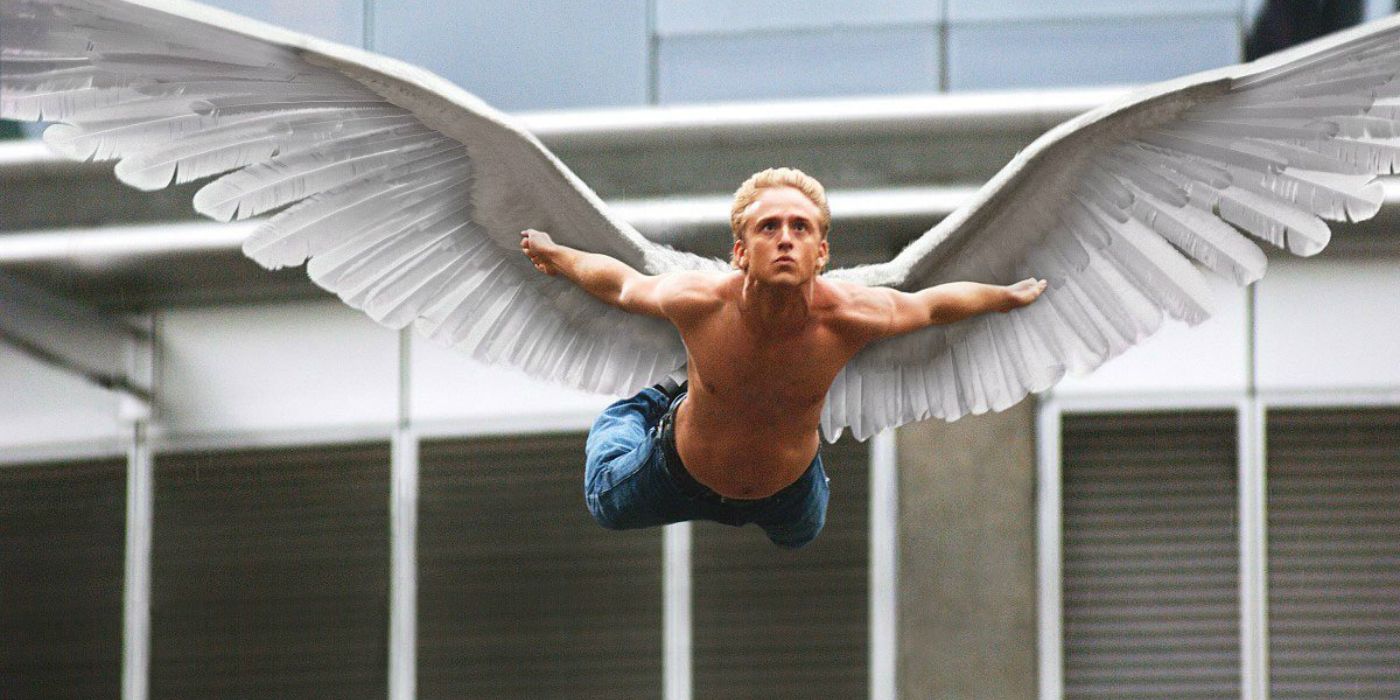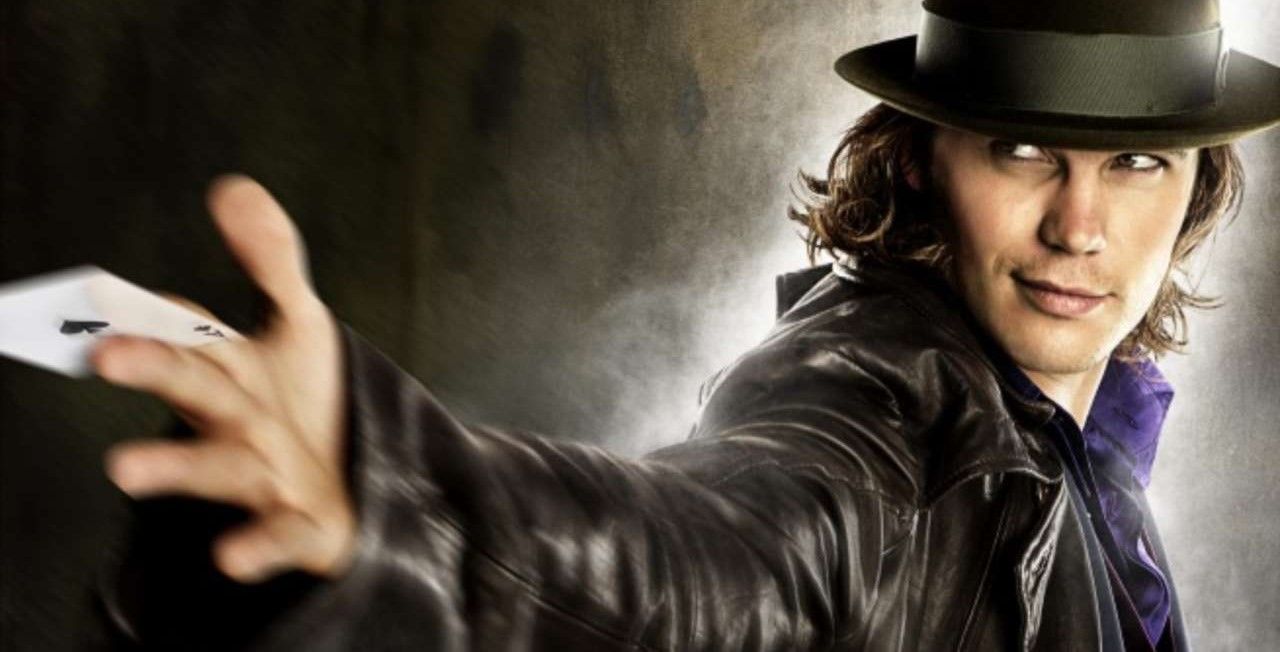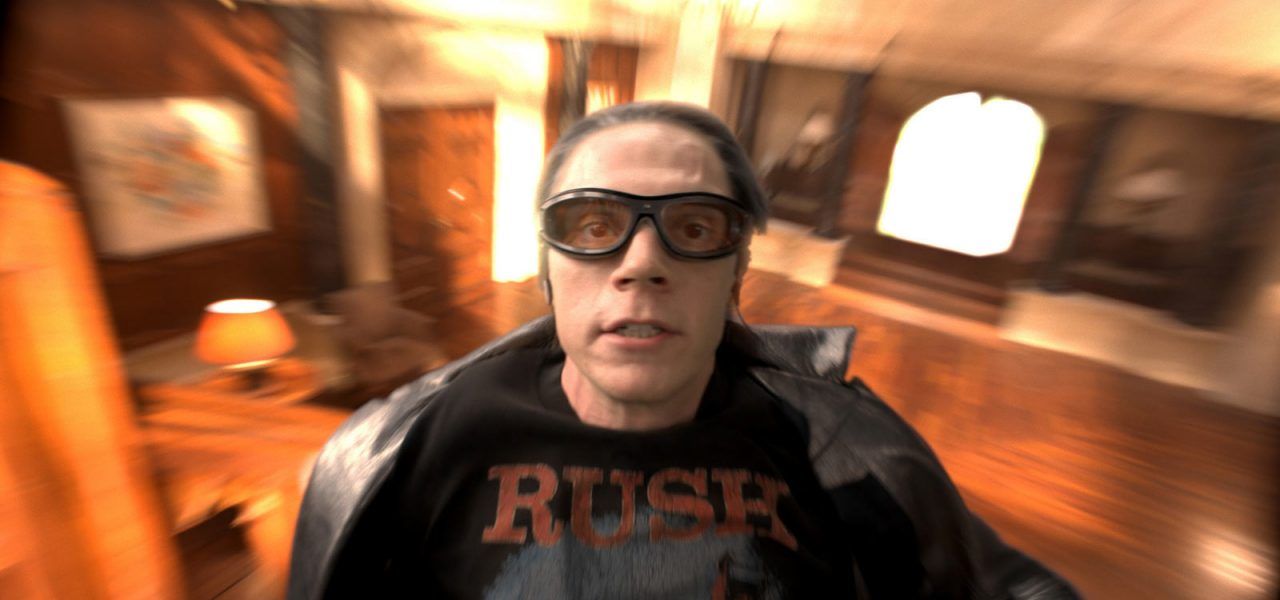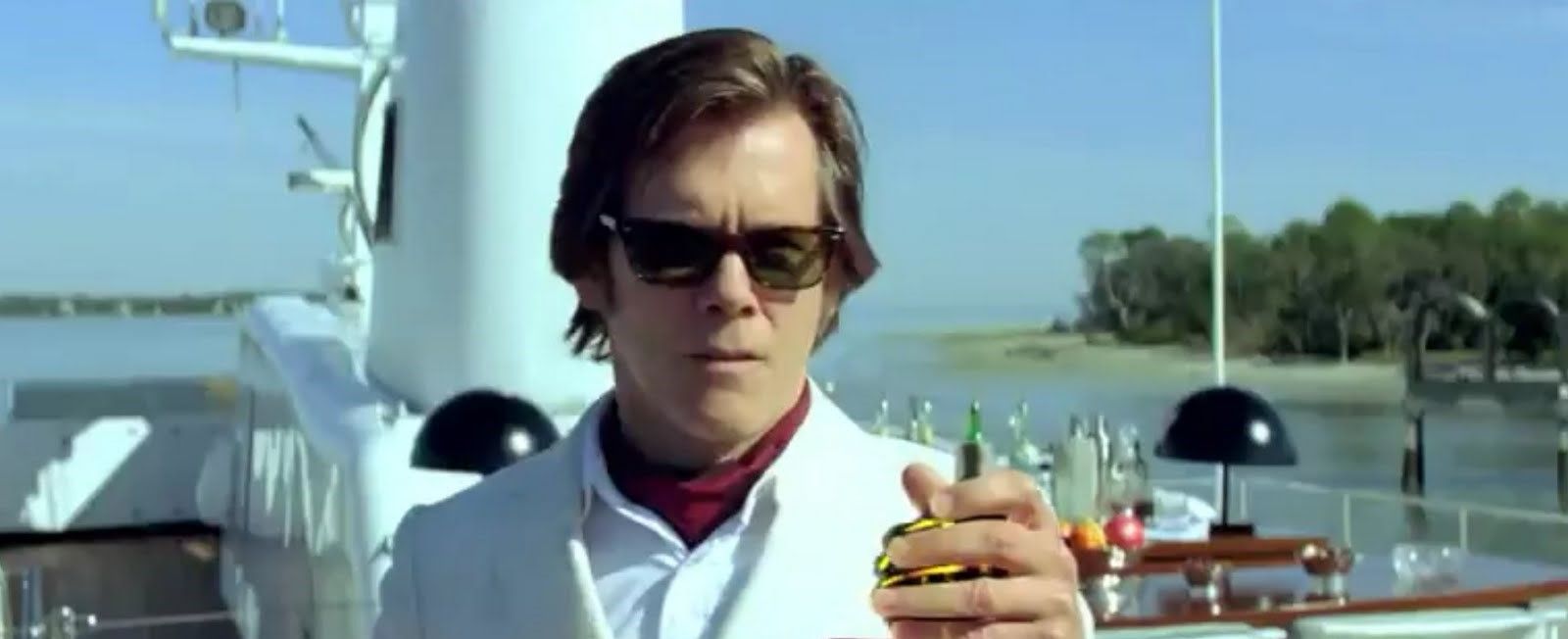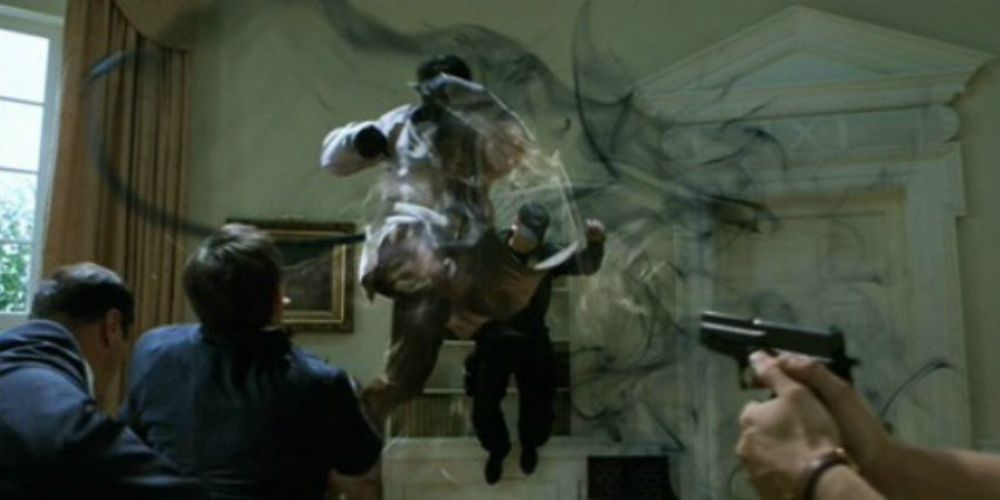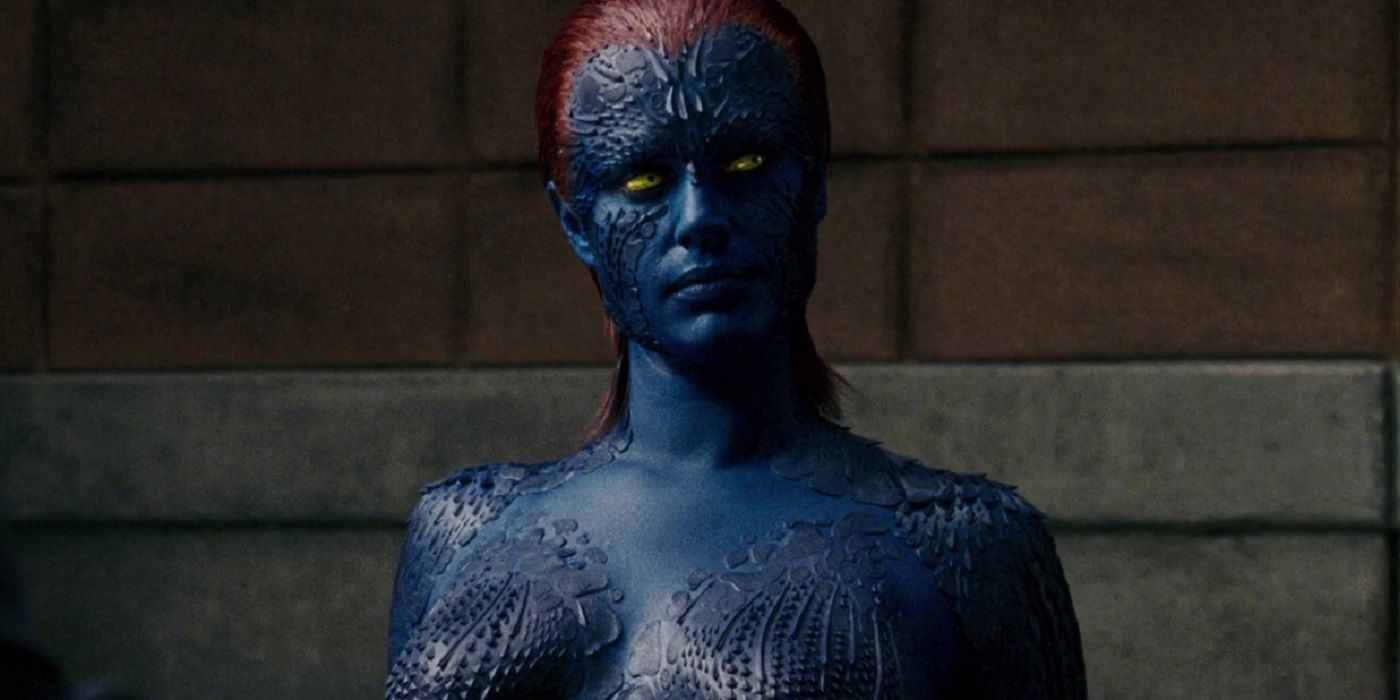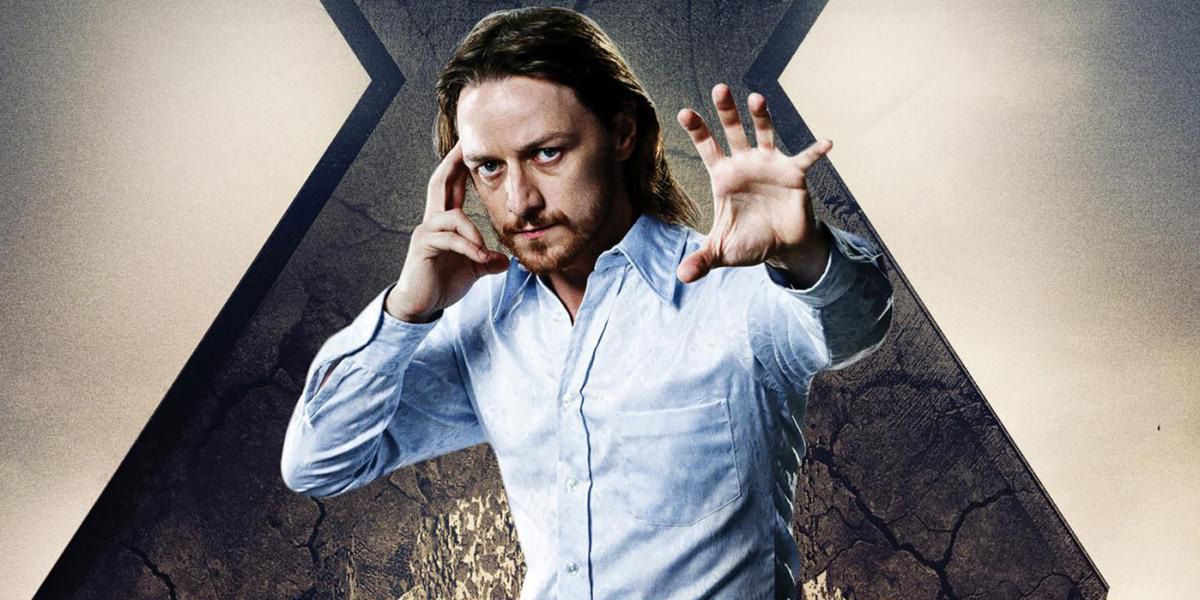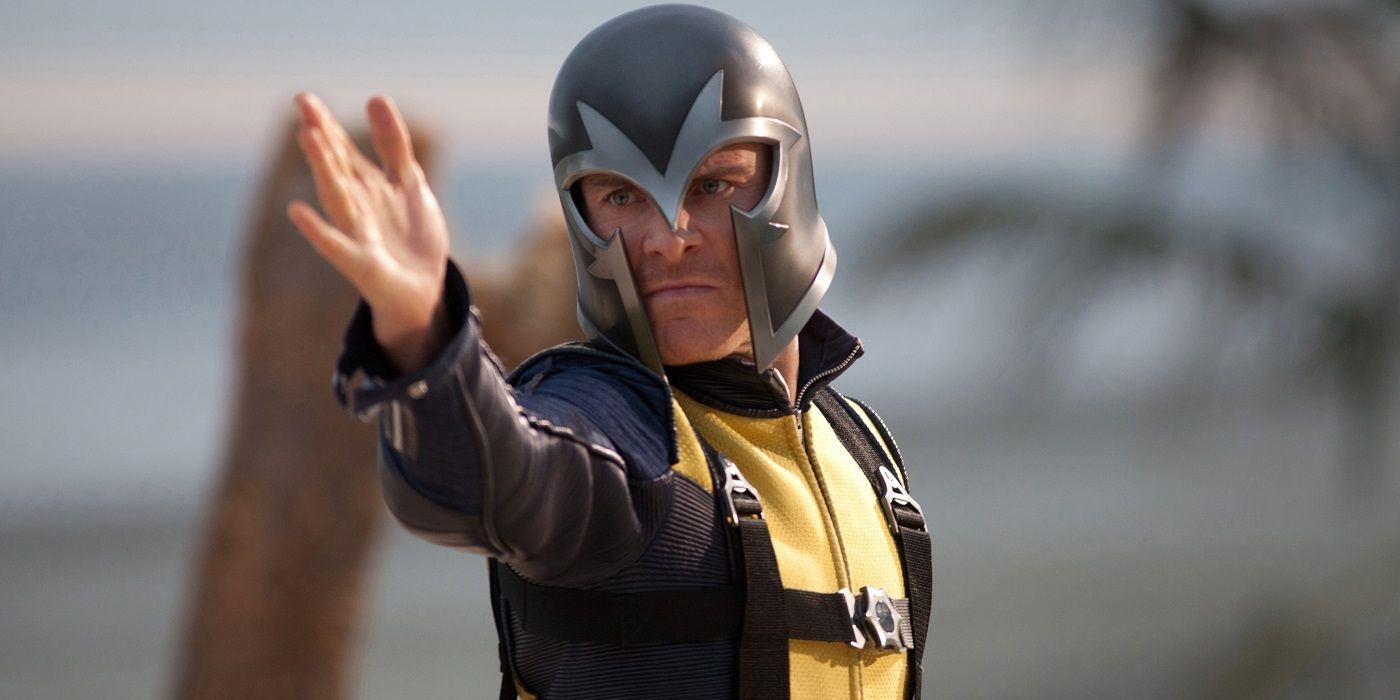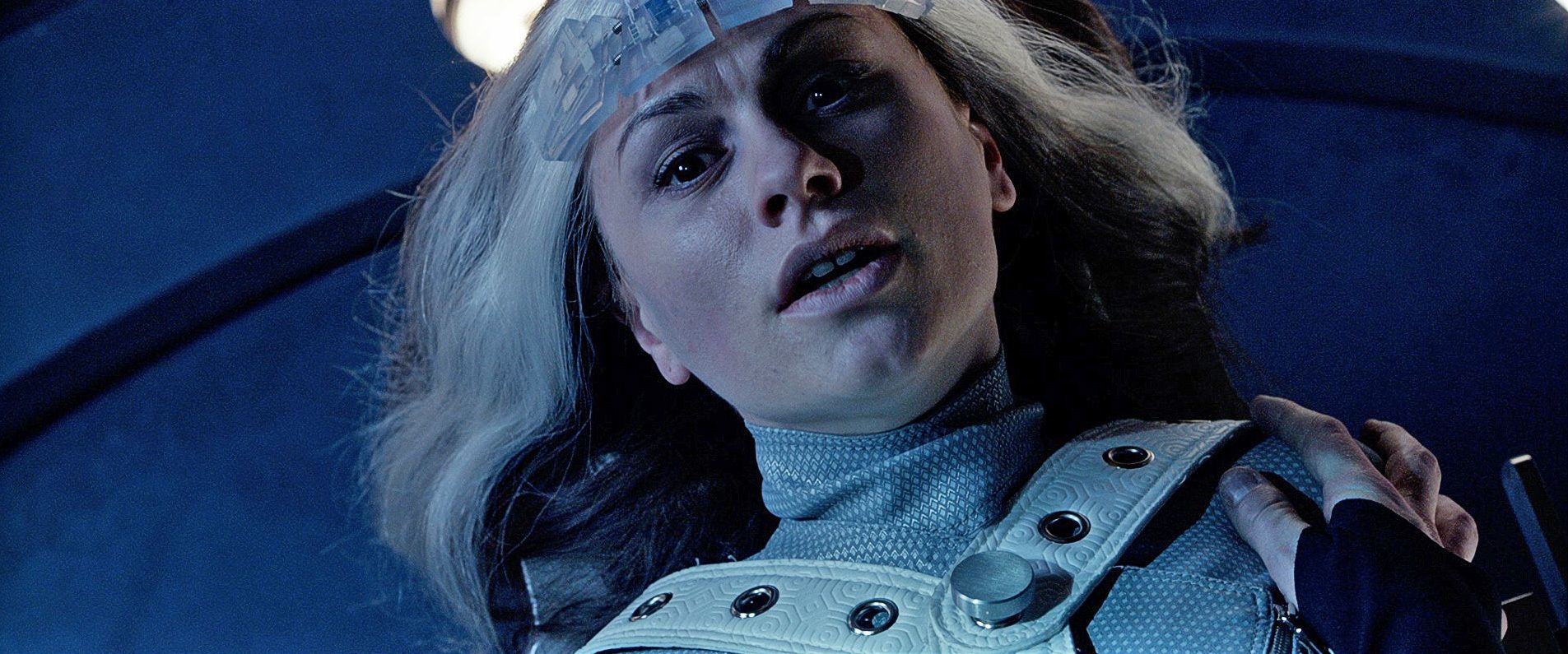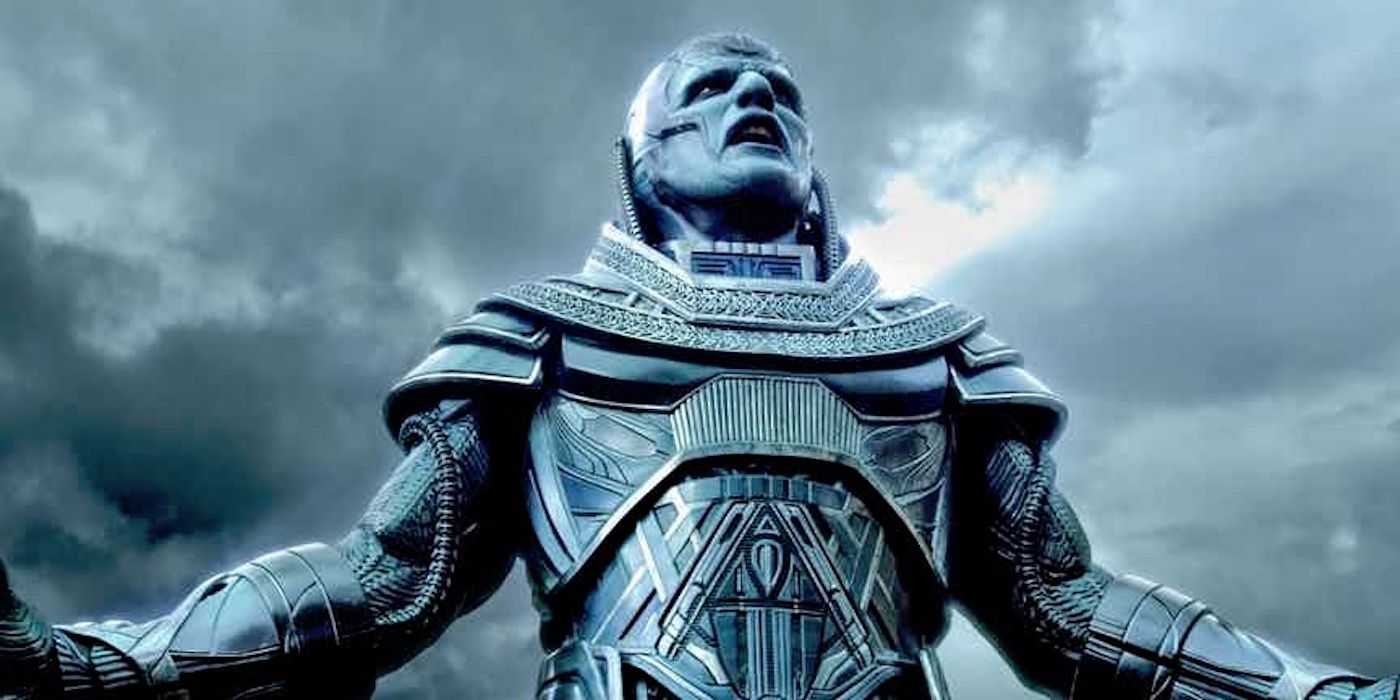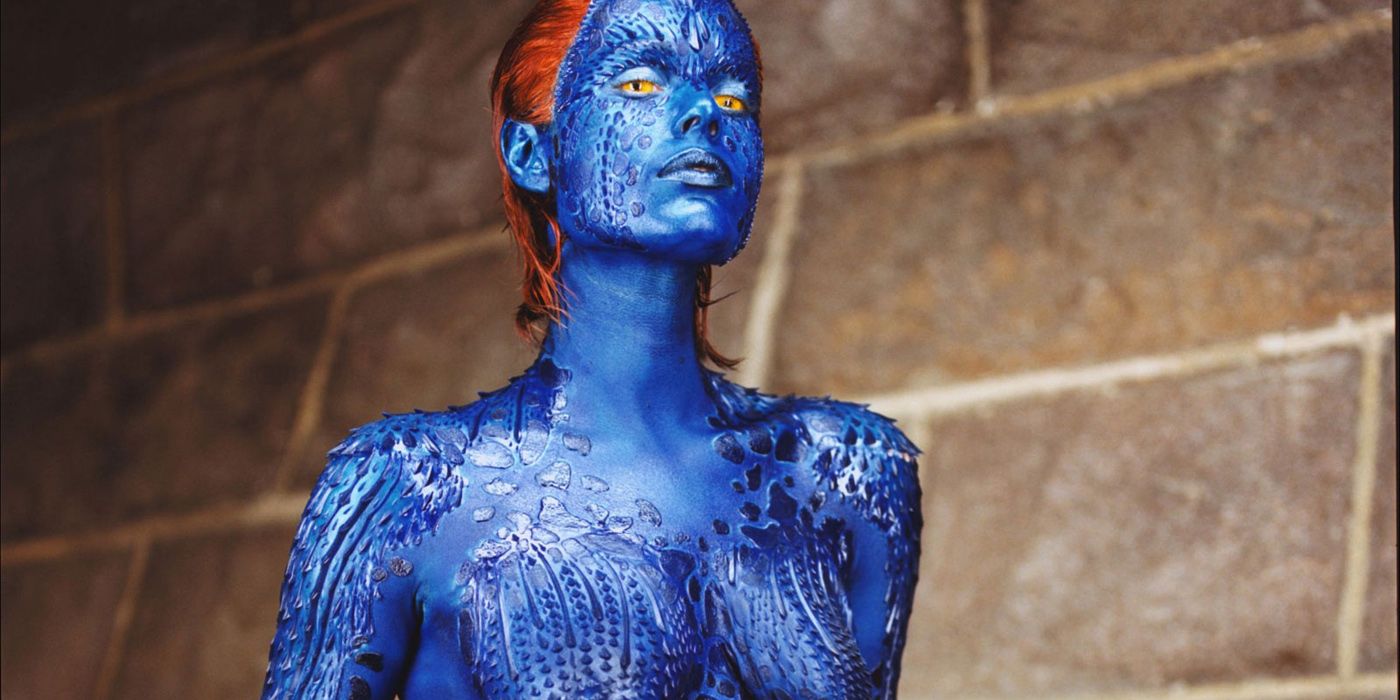With so many moving parts, different teams and different characters, the X-Men universe is expansive at best and a confusing mess at worst. Wrangling all the different aspects that make a successful X-Men story is and has always been the challenge for the various directors of the franchise (sorry, spin-off movie directors). Instead of having one lone hero (like Wolverine, or Batman), the movies have to address ensemble casts, without being three hours long like Magnolia or Nashville, leading to all kinds of shenanigans with the script and the casting.
All the different mutant powers and on-set challenges brought on by portraying those powers in a believable way has led to a lot of behind-the-scenes dirt during the films, a lot of confusions and cut parts, and unbelievable make-up problems. The X-Men films have been around for almost two decades (17 and a half years as of this writing), so there is no shortage of trivia and gossip surrounding the productions of all six main movies -- and we won't even get into the spinoffs here. Now that we're all psyched about X-Men: Dark Phoenix here at CBR HQ, we put on our Sherlock Holmes hats and did some old-fashioned sleuthing into the most ridiculous behind-the-scenes stories about the X-Men movies.
19 MAGNETO VS. THE TRAIN
One of the first major set pieces in X-Men with the whole team together takes place in the train station: it's the first time Wolverine really fights alongside the team, as he's trying to protect Rogue; it's also the first time Magneto's Brotherhood of Evil Mutants comes into direct conflict with the X-Men.
The scene itself was a bear to film, with the giant mechanical train set to contend with. If you watch the movie, you'll see looks of genuine fear on Hugh Jackman's face when Magneto arrives -- the filmmakers hadn't told him exactly how Magneto would show up, so while Jackman was waiting for Magneto to rip a door off the train, the entire train came apart around him. As a credit to Jackman's acting chops, he made sure he made the same face for every subsequent take of the scene, as well.
18 THE DANGER ROOM'S DEMISE
One of the most beloved pieces of X-Men lore, the Danger Room has become a character unto itself (literally). It was introduced as a room where the X-Men could train in a safe-ish environment, and over the years its role has changed; in Joss Whedon and John Cassady's Astonishing X-Men, the room revealed itself as a sentient being named Danger who has since joined several X-teams.
The Danger Room has a troubled history with the X-Men movies. It was written into the first two movies (and X2's production got so far as to have comics legend Adam Kubert storyboard a Danger Room sequence), but it kept getting cut. However, it did finally made it on-screen for X-Men: The Last Stand and X-Men: Apocalypse, so the X-Men could keep their skills sharp.
17 WOLVERINE'S BERSERKER RAGE
The X-Men movies were supposed to be a truly comic book-y franchise -- even with the replacement of the more garish costume choices, there was still wisecracking amongst, and the fights were supposed to mean something, but not be rough enough to scar any children. X2 features more violence and a darker storyline than X-Men, and as such includes a lot more brutality, from Stryker's paramilitary forces to Wolverine's shuddering recollections of his time at Weapon X.
During the school sequence, when the children are being abducted en masse by Stryker's forces, Wolverine goes into a berserker rage to protect the children; the censors decided this was entirely too much, and the violence had to be toned down before release. It's a strange problem to have, in a franchise that consciously upped its violence in later films, as well as including several F-words.
16 NIGHTCRAWLER HAS TWO OF EVERYTHING
The introduction of Nightcrawler into the X-Men universe was one of the most appealing parts about X2. Played with quiet dignity and humor by Alan Cumming (who also conveniently speaks fluent German), everyone's favorite half-demon/half-mutant was a standout in the film. On the X2 DVD, there is an interview with Chuck Austen, who had a long run on X-Men comics in the '90s, where Austen is asked if he knows anything about Nightcrawler that no one else knows.
Austen runs with it and mentions that since Nightcrawler has two fingers on each hand and two toes on each foot, that he would also have two genitals (which doesn't actually make sense -- he doesn't have four hands and four feet). This should be taken with a grain of salt -- Austen is the same writer who gave mutants an immunity to the AIDS virus.
15 HALLE BERRY HATES WIREWORK
Nobody likes wirework. It's physically demanding, it's like riding a giant freestanding gyroscope, and ultimately, it's debatable whether or not it looks good in the final product. Halle Berry is among those people who probably truly hate wirework, after her experience with X-Men: The Last Stand. The third installment of the X-Men franchise was a fairly rushed production, going through several directors; the schedule also conflicted with James Marsden and Famke Janssen's schedules, so their roles were reduced in favor of bumping Berry's Storm up to team leader.
With her role expanded, Berry got to spend more time on screen, more time using her powers--and more time in the wires. While she was involved in her wirework, Berry got so nauseous that she vomited; afterward, the crew started keeping buckets around for her.
14 MAGNETO'S DARK PAST
Magneto has always had a past rooted in sorrow and loss; a survivor of the Holocaust, he took the lessons about man's inhumanity towards their fellow men to heart and vowed that after having been imprisoned and tortured for being a Jew, he would never let that happen to someone for being a mutant.
Horrified by the possibility of a cure for mutation, Magneto reflect on his past once more, and the films established a definitive identity for him as a Holocaust survivor -- they reveal the number tattooed on Erik Lensherr's forearm as 214782, which (perhaps ghoulishly) establishes him as having been a prisoner at Auschwitz-Birkenau, the most infamous of all the Nazi concentration camps. The sense of gravitas that Sir Ian McKellen brings to the story has a lot to do with the gravitas of the Jewish experience in WWII writ small onto Magneto's life.
13 COLOSSUS'S LOST OPPORTUNITY
Colossus appears on-screen for the first time in X2, played by Daniel Cudmore; his transformation was accomplished with CGI, as evidenced by his appearance during the assault on the school sequence. When X-Men: The Last Stand was in development, it relied heavily on the "Gifted" storyline from Joss Whedon and John Cassady's Astonishing X-Men, which prominently featured Kitty Pryde and Colossus.
They went so far as to create a bodysuit for Cudmore to wear in The Last Stand that didn't look quite as good, but which would be faster and easier to apply, rather than a makeup effect. Unfortunately, by the time The Last Stand was edited into its final form, Ellen Page's Kitty Pryde only had a short sequence, and Colossus was reduced to a background, non-speaking character.
12 ANGEL HATES HIS WINGS
X-Men: The Last Stand was a troubled production for such a high-budget affair. The production started out with a pretty tight deadline, and went through several directors after Bryan Singer departed for Superman Returns. Eventually, the film went on to be helmed by Brett Ratner; at $200 million, it was also the most expensive film ever made (circa 2006). There are several flashes of other peoples' work in The Last Stand, remnants from work done after Singer left and before Ratner arrived.
The most notable is the haunting sequence when young Angel tries to hack off his wings; this sequence was directed by Matthew Vaughn, who would later return to direct X-Men: First Class. Ironically, Vaughn left The Last Stand because of its rushed production schedule; the schedule for First Class was even shorter.
11 NOT IN THE CARDS
Everyone's favorite ragin' cajun, Gambit, has been written into and cut out of several X-Men films at this point, leaving his only on-screen appearance as portrayed by Taylor Kitsch in Wolverine: Origins. Gambit was written into X2, during the Cerebro sequence when mutant powers are going haywire; while at a card game, Gambit's powers were going to go wild.
He was written into X-Men: The Last Stand, and was intended to be part of a fairly large storyline as the romantic interest of Anna Paquin's Rogue to compete with Iceman (as Kitty Pryde was competing with Rogue for Iceman's affections -- this movie was only an hour and 40 minutes long), but he was cut. This time, the studio had mandated that any non-Wolverine mutant who was going to appear in Wolverine: Origins could not appear in The Last Stand.
10 EVERYBODY LOVES QUICKSILVER
The rights issues surrounding X-Men and other Marvel properties has been a sticking point for both fans and filmmakers (up until Disney's purchase of 21st Century Fox's film/TV assets). In the '80s, Marvel sold the X-Men's film rights to Carolco, a company that went on to produce blockbusters like Total Recall and Terminator 2: Judgment Day; however, by the mid-'90s, Carolco was bankrupted by bombs like Showgirls and Cutthroat Island.
The rights for everyone's favorite mutants were sold to Fox, and that's where the troubles began. The issue of character ownership finally came to a head in 2014, when Fox was planning to release X-Men: Days of Future Past, co-starring Quicksilver, and Marvel Studios was releasing Avengers: Age of Ultron...co-starring Quicksilver. Eventually they came to an agreement that both films could include Quicksilver as long as he isn't referenced as a mutant in Avengers or as an Avenger in X-Men.
9 SEBASTIAN SHAW
The leader of the Hellfire Club in the comics, Sebastian Shaw has always had more than a passing relationship with evil, whether it be corrupting Jean Grey's mind to make her his Black Queen, or being in a club with a guy who is literally a demon. For X-Men: First Class, the filmmakers went in a decidedly different direction for Shaw's wickedness -- rather than being a foppish member of an elite society, Shaw was the prison doctor in Auschwitz, one of the first people to witness Erik Lensherr's mutation.
The film directly parallels Shaw with Josef Mengele, the medical officer at Auschwitz who performed genetic experimentations on living subjects of all kinds (particularly twins) without regard for their pain or whether they lived or died; he even copies the mannerism of offering candy to children to win their trust, only to undermine it soon after.
8 THE X-MEN MOVIE SAGA
The X-Men films were in some stage of production for more than a decade, with the earliest iteration being a pitch in the late '80s from James Cameron to work with a now-defunct production company called Carolco. After Carolco went under, Fox bought the screen rights to the X-Men, and James Cameron departed the project to work on a Spider-Man movie (which also clearly never happened, sadly).
Throughout this time, several people were brought in to work on a script for the film, including Andrew Kevin Walker (best known for penning Seven, as well as script doctoring work) and Joss Whedon. All previous iterations of the script were eventually scrapped in favor of a version by David Hayter (well-known as the voice of Solid/Naked Snake in Metal Gear Solid), who subsequently wrote the screenplays for X2 and Watchmen.
7 NO MORE NIGHTCRAWLER
Unfortunately, as beloved as Nightcrawler was, he didn't appear in an X-Men movie again until X-Men: Apocalypse. There was a cameo written for X-Men: The Last Stand in which Alan Cumming was meant to appear -- however, the realities of the makeup process prevented it. The makeup process took him several hours each day (a full ten hours for the scene in the church, when he's naked from the waist up), and though he found it uncomfortable, he was willing to reprise the role.
Ultimately, the filmmakers decided it wasn't in the budget or the schedule to have him made up for a small cameo. They eventually wrote the character out of the movies by way of the video games; in X-Men: The Official Game, released the same year, Nightcrawler left the team because he didn't agree with their violent ways.
6 REBECCA ROMIJN'S BLUE TEQUILA INCIDENT
Rebecca Romijn had the unenviable job of putting on over a hundred pieces of blue prosthetic to become Mystique in the first X-Men movie. The process took hours, at least at first -- one has to assume the crew was able to shave off an hour or so after they got good at it. To celebrate her last day on set, Romijn brought tequila to share with the cast and crew.
They had perhaps too good of a time -- Romijn still had to film a fight scene with Wolverine, which never goes well with a full belly of tequila. The scene ended differently from the way it was scripted, as Romijn vomited on Hugh Jackman. The real kicker in this scenario is that, due to the chemicals in the makeup being absorbed into her body, the tequila vomit was dark blue.
5 PROFESSOR X JUMPS THE GUN
When you think "Professor X," the first thing that comes to mind is probably a bald man in a wheelchair, using his powers to command the X-Men; so what a surprise it was when the X-Men: First Class filmmakers cast James McAvoy, who neither uses a wheelchair nor loses his hair in the movie. This jibes with Professor X's comic book origin -- he lost the use of his legs later in life, during a psychic duel with the Nightmare King, and in some versions, he was an Allied soldier who liberated the concentration camp where a young man named Erik Lensherr was imprisoned.
McAvoy, so psyched to take on the role of Charles Xavier, shaved his head immediately upon being cast, and before being told that he would have hair during the film. He wore hair plugs for much of First Class, and finally got to shave his head for real for X-Men: Apocalypse.
4 MAGNETO: YEAR ONE
After the relatively lackluster critical performance of X-Men: The Last Stand, the producers elected to let those X-Men movies stand alone as their own trilogy, and to reboot the franchise instead. They pursued a lot of different avenues before production, including pre-production on a standalone Magneto movie. Unfortunately, with actors and directors and writers signing on and dropping out every few years, a Magneto movie still hasn't happened, though with Michael Fassbender in the role, it's still a possibility.
What eventually became X-Men: First Class began its life as an extremely serious movie about Magneto's experiences before, just after, and during his imprisonment in Auschwitz under the Nazi regime. Described as "X-Men meets The Pianist," which echoes Greg Pak and Carmine Di Giandomenico's X-Men: Magneto Testament comic.
3 THE ROGUE CUT
One confusing part of the end credits of X-Men: Days of Future Past is the prominence of place for Anna Paquin. Not that we don't love Rogue here at CBR, but in the theatrical cut of Days of Future Past, she is literally on screen for only three seconds. Paquin appeared in several scenes in a larger capacity as Rogue, but even in the extended cut, she only has four lines.
In the extended edition of Days of Future Past (colloquially, "The Rogue Cut"), Rogue is being held prisoner by Trask Industries in Cerebro, inside the X-Mansion. The plot of the movie isn't changed much by the reinstatement of Rogue's scenes -- mostly it just fills in background information about the Sentinels and Trask -- but it's nice to know that everyone's favorite power absorber had more to do in the movie than we thought.
2 IF APOCALYPSE FEELS GORIER AND MORE VIOLENT, IT'S BECAUSE IT IS
X-Men: Apocalypse feels much more brutal, much darker than the previous entries in the X-Men film franchises. The films had always been committed to a PG-13 rating until the release of Deadpool and Logan, and they had worked hard to maintain it, even in the face of truly dark stories about mutants and their place in the world. As an example, with the release of X2, the sequence featuring Wolverine's berserker rage was meant to be much more intense and much scarier, but had to be toned down and trimmed to retain the PG-13.
Recently, PG-13 has gotten a lot looser -- you can throw around the F-word once or twice and still keep it, for example. With X-Men: Apocalypse, director Bryan Singer intentionally tried to push the boundaries of the PG-13, and included much more brutality, particularly in the scenes of the team fighting the Egyptian minions.
1 THE SEQUESTERING OF MYSTIQUE
The prosthetic make-up work on Rebecca Romijn in X-Men is one of the most impressive designs in any sci-fi/fantasy film. Made up of one hundred and ten separate pieces, the workmanship was so good that the filmmakers were even able to reuse several of the pieces on Jennifer Lawrence in X-Men: First Class.
In order to make sure that Mystique's look remained a secret, something that would really bowl people over when they saw the trailers, Rebecca Romijn was sequestered from the rest of the cast for most of the filming of X-Men, in a windowless room. She had almost no contact with the rest of the cast, which probably helped her play Mystique as an outsider character, but it sounds like a miserable way to shoot a movie.

